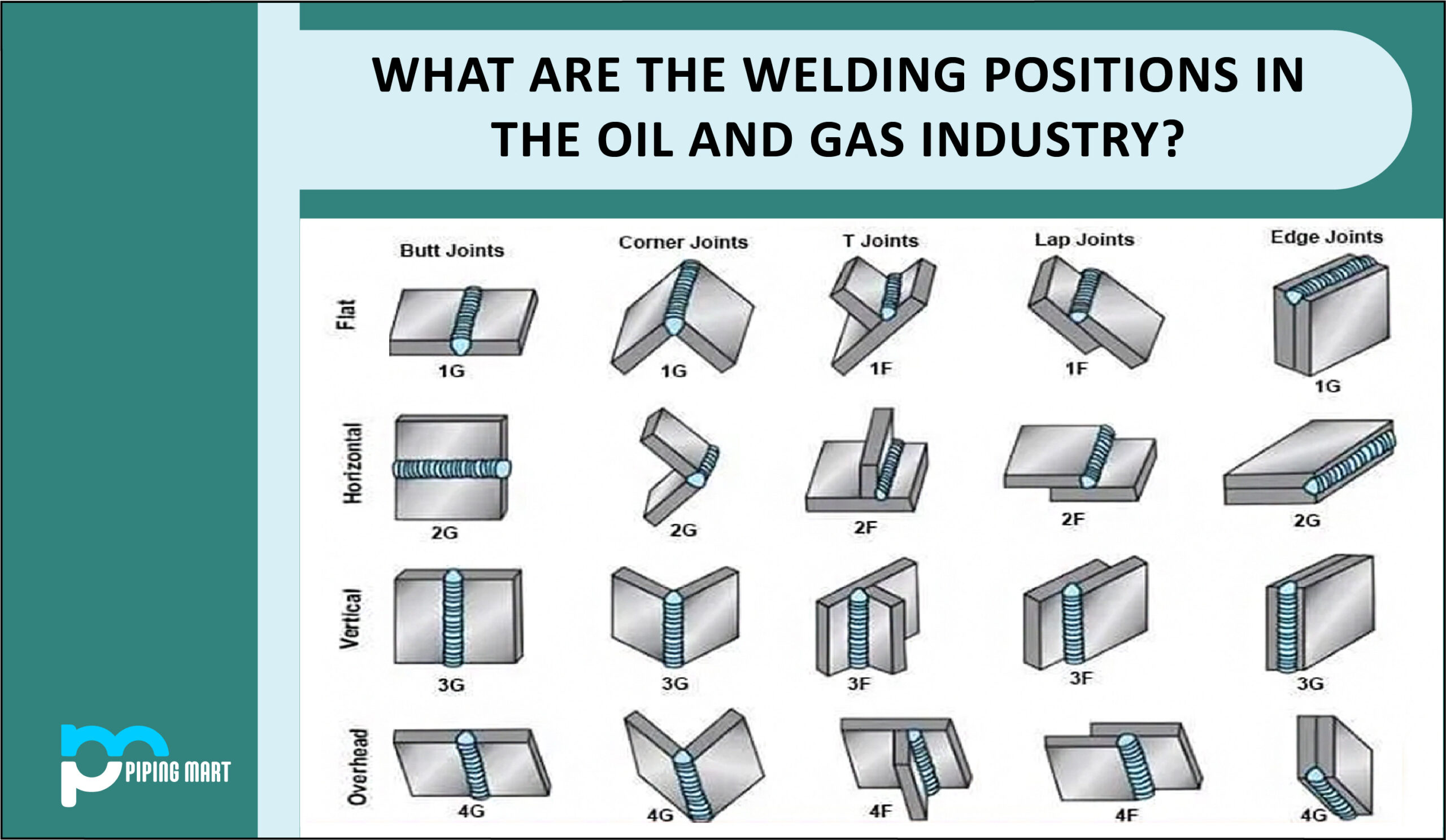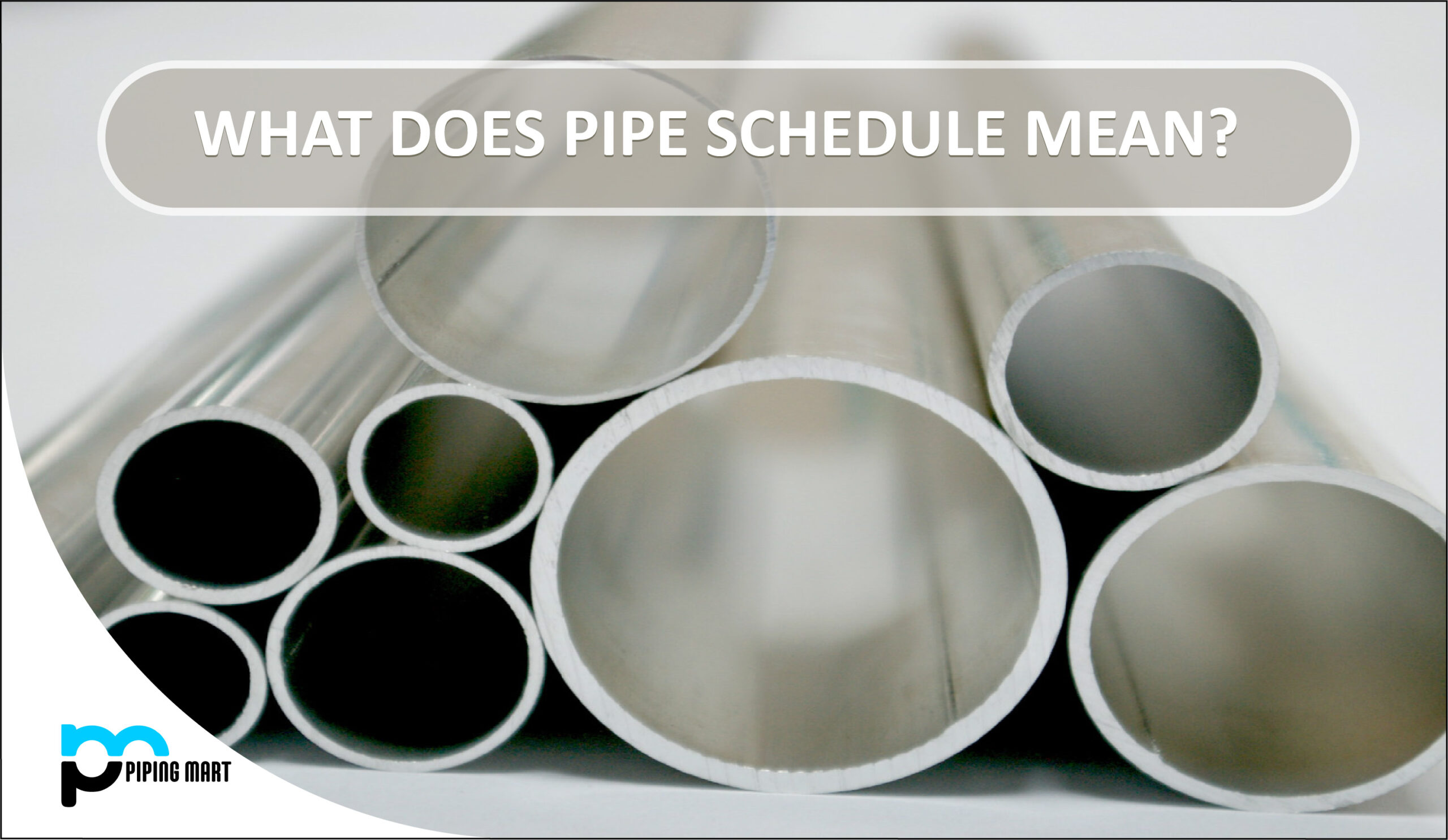Valves are essential components of any system where fluid flow is involved. There are different types of valves for various applications. Two of the essential valves are relief valves and vent valves. While both valves are meant to regulate fluid flow and maintain pressure, they have specific functions. This blog post will explore the differences between relief and vent valves, their operational differences, and other pertinent information.
What is Relief Valve?
A relief valve is a device used to control or limit the pressure in a system or vessel. It is designed to open at a preset pressure, allowing the excess flow of fluid to be discharged into an area of lower pressure. In some cases, this may provide protection against over-pressurization and potentially harmful consequences such as explosions.
What is Vent Valve?
A vent valve is a plumbing device used to control the flow of water either in an individual fixture or throughout an entire home. The valve works by regulating both air pressure and temperature, preventing water from escaping and creating potential hazards. They are often installed near a sink, tub, or shower to help with drain cleaning and in case of a leak.
Operational Difference Between Relief Valve and Vent Valve
Relief valves are designed to release pressure from the system during abnormal conditions, thereby preventing the system from damage. Once the pressure exceeds the predetermined limits, the relief valve opens and releases the excess pressure into the atmosphere or returns it to the system’s reservoir. On the other hand, a vent valve releases air or gas trapped in the system.
Function Difference Between Relief Valve and Vent Valve
Relief valves protect the system, control pressure, and prevent rupturing. They only work to release excess pressure when there is an emergency or overpressure situation. Vent valves are designed to release trapped air or gas to ensure the system runs optimally.
Construction Difference Between Relief Valve and Vent Valve
While the valves’ designs differ based on manufacturers, relief valves often consist of a spring-loaded disk that operates under pressure. At the same time, vent valves have a float-activated ball that rises and falls with the air/gas volume to open or close the valve.
Application Difference Between Relief Valve and Vent Valve
Relief valves are a key component of pressure vessels, pipelines, and other systems where pressure needs to be regulated. This makes them essential in the oil and gas, chemical, power generation, and other vital industries. On the other hand, vent valves find extensive use in fluid processing plants, pipelines, and storage units since they ensure that fluid transfer occurs without resistance.
Importance of Industry Standards for Relief Valve and Vent Valve
The importance of industry standards for valve manufacturing and use cannot be overstated. Industry standards ensure these valves’ reliability, durability, performance, and accuracy, making them effective in handling crucial safety-related tasks. Some of these standards include ASME, API, ANSI and ISO.
Conclusion:
In conclusion, understanding the differences between relief and vent valves is essential for various industries that rely on fluid systems. Though they seem similar in function, they have distinct roles, designs, and applications. These valves ‘ proper installation, operation, and maintenance are critical since they ensure that systems operate correctly and safely and offer a long lifespan. Following industry standards further enhance their performance and reliability. Selecting the right valve, relief, or vent will depend on its intended application, prevailing conditions, and system requirements.

Pipingmart is a B2B portal that specializes in metal, industrial and piping items. Additionally, we share the latest information and information about materials, products and various types of grades to assist businesses that are involved in this business.




